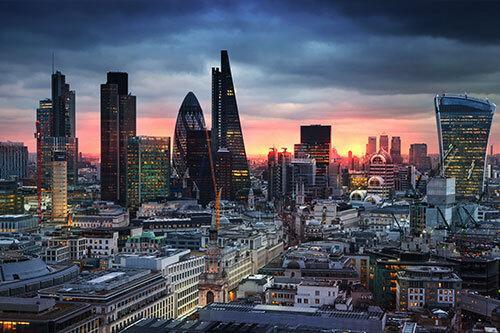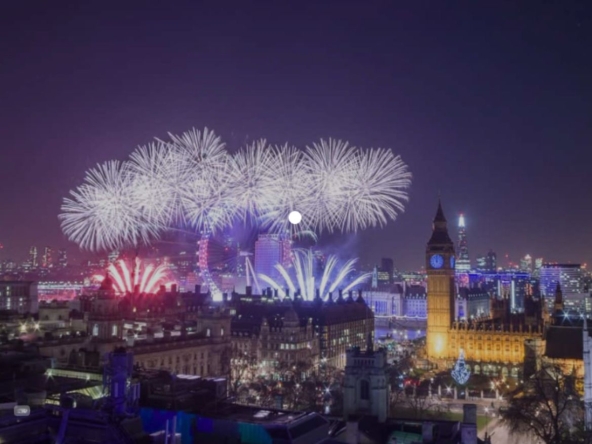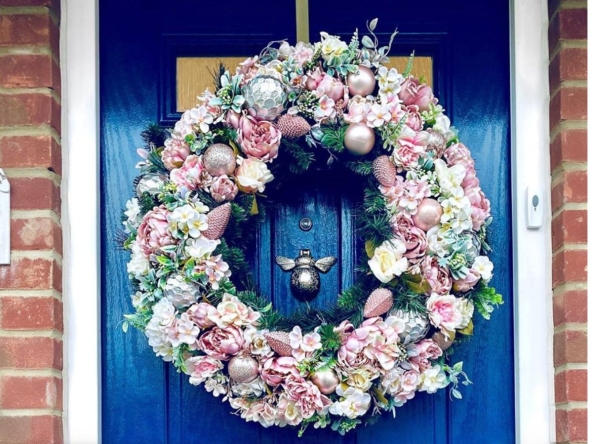Little Known London Facts – My Top Ten Favourites
20 Underground Rivers
London has more than 20 rivers that over the centuries have been forced underground. Today only the Thames, The Wandle and The Brent remain entirely above ground
The cities original marshlands were claimed by building works to house the ever growing population. The original waterways became buried under houses and streets and remain largely forgotten today.
They once flourished at surface level. Essential for industry, sustenance and pleasure these capillaries of the capital brought life to the city.
During Victorian times they ran as open sewers but gradually sections began to be covered. Following the Great Stink of 1858 they were incorporated into the design for the sewer system that still remains today.
At St. Pancreas Old Church a plaque depicts bathers on the banks of the River Fleet in 1827. A far cry from the bustle and congestion of modern day living.


Underground Babies
Opening in 1863 and serving Greater London and some parts of adjacent Buckinghamshire, Hertfordshire and Essex the London Underground is a rapid transit system.
Over three million passengers travel on the underground daily. Reportedly only five women have given birth in the underground during that time. Three of those births took place this century and one from 1944 may already be known to you.
American television host Jerry Springer was born in Highgate Tube Station during World War Two. During a Luftwaffe Raid over the City of London his heavily pregnant mother took shelter from the bombs.
Wouldn’t you think that with so many people visiting the underground births would be much more commonplace.


Let’s Go Fly A Kite
Many of us remember Marry Poppins and the beautiful kite flying scenes. Did you know that under the Metropolitan police Act 1839 it is illegal to fly a kite in a public place, including all parks.
The act specifies any person “who shall fly any kite or play at any game to the annoyance of the inhabitants or passengers” could be liable to receive a fine of up to £500.
Essentially this only prohibits kite flying in a manner that disturbs or upsets others. Clearly this is wide open to interpretation making any kite flyers potentially liable to be fined.

Houses for Show
Ever visited Leinster Gardens in Bayswater and wondered what lies behind numbers 23 and 24?
Wonder no more.
Although blending in beautifully with the other homes these two properties are simply facades.
Construction of the Metropolitan Underground line in the 1860’s passed through quiet Bayswater.
Traditionally engineers dug deep channels through the city covering them up afterwards thus creating underground tunnels. Most demolished properties were rebuilt after the event but not quite all.
The exception was a pair of false fronted houses immaculately maintained on tree lined Leinster Gardens.
Like many Properties number 23 and 24 were pulled down to make way for construction but the railway company chose only to rebuild them as false facades less than 2 meters thick.
But Why?
A very real concern was the steam created by the coal burning locomotives that served the early underground.
Despite being fitted with condensers, capturing the majority of smoke and condensation, they still needed open air sections to safely prevent build ups. This reduced contamination which otherwise would have made the underground tunnels too toxic to use.
Pipes and exhaust ports were needed above ground to keep the tunnels safe.
In order to prevent the residents seeing this unsightly necessity the facades of 23 and 24 Leinster Garden were erected. Trees were planted, windows were painted and thus the illusion created.
To all intents and purpose the properties appear as normal residential dwellings but look closely and you will see no letter box and curtainless Windows.

170 Museums
With London having more than 170 museums, many of which are free, there should be no excuse for not visiting at least one of them on your next trip to the capital. Full of culture, history, exhibitions and artwork there is surely something to suit all tastes.

The Smallest Statue in the World
Located on the corner building of Philpot Lane EC3, you may be forgiven for missing what is known as the smallest statue in the world, even if you were looking for it.
High above your head and only a couple of inches long is the colourful depiction of two mice eating a piece of cheese.
Sounding more like a London Urban Myth the statue is meant to represent two builders.
During construction two workers are said to have started an argument over the whereabouts of their lunch. One accusing the other of eating his cheese sandwich. This escalated to violence and depending on which account you read, one or both of the men fell to their deaths on the street below.
Later it was discovered that mice had indeed been responsible for consuming the meal.

Home to over 300 languages
With unusually high rates of bi and multilingualism compared to the rest of the UK London really can be considered as a language capital.
In the year 2000 a survey of almost 900,000 school children reported over 300 home languages with the most common non English languages being Bengali, Panjabi, Gujarati, Urdu and Turkish.
However the 2011 Official Census only reports 90 languages, the top five non English of those being Polish, Bengali, Gujarati, Urdu and French.
Either way London is multi-cultural, multi lingual and a sure fire place to find somebody to chat to.

Iconic Red Busses
Your mind typically associates Big Red busses with London but they weren’t always red.
Each route used to have it’s own colour scheme and there were many rival companies at the turn of the last century.
In 1907, to stand out from the competition, the biggest of the companies London General Omnibus Company painted all their busses red
Thus an iconic image was borne

6 People Died in The Great Fire
London has a turbulent history but surely one of most terrible events was the great fire in 1666.
The city was engulfed by flame and over 70,000 houses were lost .
Despite this only six verified deaths occurred.
Ironically, the stunning memorial to the victims, claimed seven lives during its construction, making it more deadly than the fire itself.


6 Ravens in the Tower
Allegedly after the fire, survivors started persecuting ravens for scavenging.
King Charles II ordered their destruction only to be advised that if the ravens left, the White Tower would fall, and the kingdom with it.
Perceived as an ill omen the king changed his mind and decreed that at least six ravens should be kept at the Tower in order to prevent disaster.
To this day at least six ravens remain, cared for by a Ravenmaster.

So now I have shared with you my top ten Little known Facts about London . Please go out and about in London and enjoy finding out more about its long history and wealth of urban myths. If you find a Little Known Favourite Fact please do share it with us.




